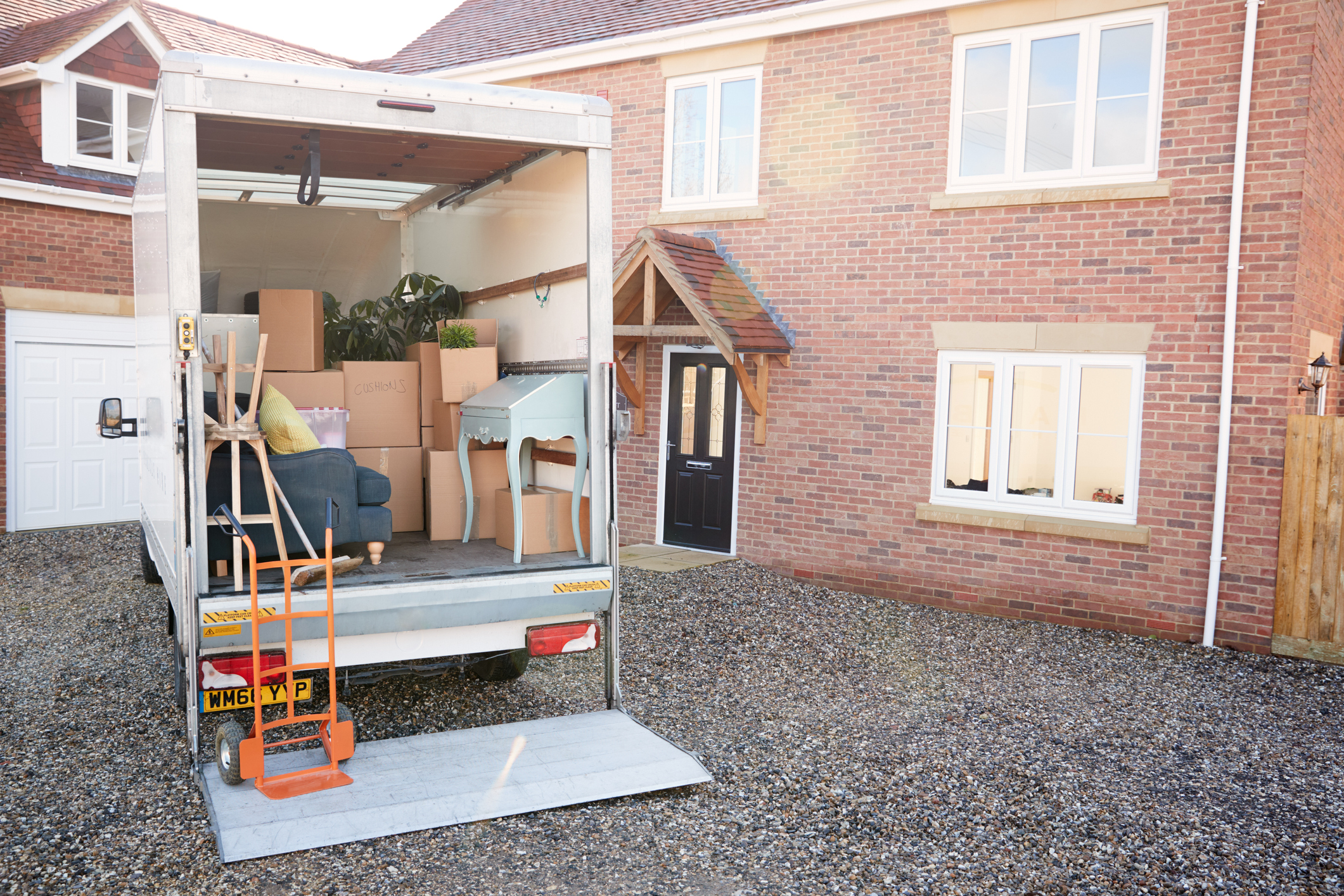
Moving to a new house may be an exciting time in one’s life, but it can also have a big environmental impact. Moving may leave a significant carbon impact, from packing materials to transportation emissions. However, by using sustainable practices and making informed decisions, you may reduce the environmental effect of your relocation. In this thorough guide, we will cover everything from planning and packing to transportation and settling into your new home in a sustainable manner.
Donate and Declutter
 Take advantage of the chance to purge and minimize before moving your possessions. Sort through your belongings and give or discard what you no longer require. By limiting the quantity of goods you move, you will not only save time and labor, but you will also save resources for transportation and storage.
Take advantage of the chance to purge and minimize before moving your possessions. Sort through your belongings and give or discard what you no longer require. By limiting the quantity of goods you move, you will not only save time and labor, but you will also save resources for transportation and storage.
Use Environmentally Friendly Packing Materials
Choose eco-friendly packing materials over single-use plastic and bubble wrap. Recycled cardboard boxes, biodegradable packaging peanuts, and renewable packing materials such as shredded newspaper or used clothing should be used. Consider hiring reusable plastic containers or borrowing boxes from friends or local businesses for your relocation.
Selecting Sustainable Transportation
 When it comes to relocating, transportation has a significant influence on the environment. Choose sustainable transportation wherever feasible. If you’re only going locally, try riding your bike, walking, or taking public transportation. If you are moving long distances or have heavier stuff, consider hybrid or electric moving vehicles, or combine your belongings to reduce the number of trips necessary.
When it comes to relocating, transportation has a significant influence on the environment. Choose sustainable transportation wherever feasible. If you’re only going locally, try riding your bike, walking, or taking public transportation. If you are moving long distances or have heavier stuff, consider hybrid or electric moving vehicles, or combine your belongings to reduce the number of trips necessary.
Plan Effectively
Effective preparation is essential for a long-term shift. Make a precise relocation strategy to make the most of your time and resources. This involves moving at off-peak hours to lessen traffic congestion and fuel usage. Plan the most effective path to your new home to reduce travel distance and time.
Selecting Energy-Efficient Moving Services
When looking for professional movers, look for organizations that value energy efficiency and sustainability. Investigate movers who have embraced environmentally friendly methods, such as employing energy-efficient cars, recycling packaging materials, or adopting sustainable principles into their operations.
Choose Carbon Offset
 Consider obtaining carbon offsets if you are unable to totally avoid emissions from your relocation. These offsets are used to fund environmental programs that reduce greenhouse gas emissions, such as reforestation and renewable energy efforts. You may help offset the emissions caused during your relocation by investing in carbon offsets.
Consider obtaining carbon offsets if you are unable to totally avoid emissions from your relocation. These offsets are used to fund environmental programs that reduce greenhouse gas emissions, such as reforestation and renewable energy efforts. You may help offset the emissions caused during your relocation by investing in carbon offsets.
Consider Virtual Options
In some cases, a physical move may not be necessary. Explore virtual options for meetings, conferences, or events that can be conducted online, reducing the need for travel and transportation. Virtual meetings and remote work arrangements can be a sustainable alternative that minimizes carbon emissions and supports a greener lifestyle.
Green Your Cleaning Methods
 Choose ecologically friendly cleaning products when leaving your old home or preparing to move into your new one. Look for biodegradable and non-toxic cleaning products that are safe for the environment and your health. In addition, instead of utilizing disposable cleaning products, try using microfiber cloths or reusable cleaning tools.
Choose ecologically friendly cleaning products when leaving your old home or preparing to move into your new one. Look for biodegradable and non-toxic cleaning products that are safe for the environment and your health. In addition, instead of utilizing disposable cleaning products, try using microfiber cloths or reusable cleaning tools.
Install Eco-Friendly Systems in Your New Home
Take advantage of the chance to establish sustainable habits as you move into your new home. Set up recycling and composting systems, buy energy-saving appliances and light bulbs, and think about adding a smart thermostat to save electricity. Incorporate eco-friendly behaviors into your everyday routine to lessen your long-term environmental effect.
Dispose of Unwanted Items Responsibly
If you have items that you no longer need or want to replace, dispose of them responsibly. Research local recycling centers, donation centers, or specialty recycling facilities that can handle specific items such as electronics, batteries, or hazardous materials. Avoid throwing items into the trash that can be recycled or repurposed.
Share and Borrow Moving Supplies
Instead of purchasing new moving supplies, consider borrowing or sharing items with friends, neighbors, or local community groups. This reduces waste and promotes a sense of community and resource-sharing.


